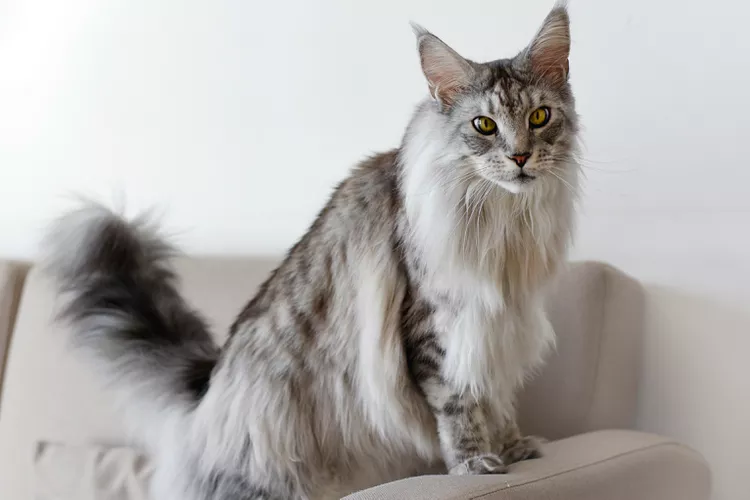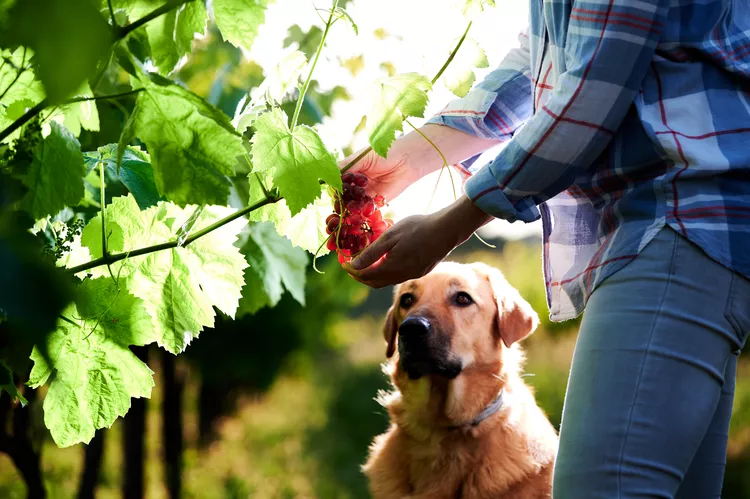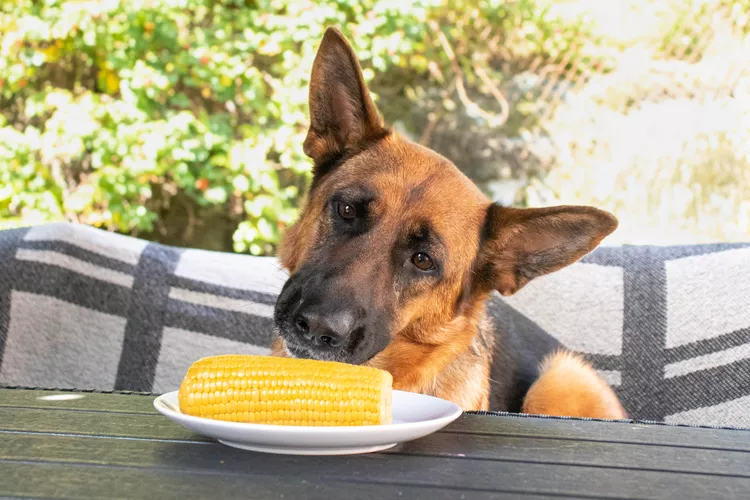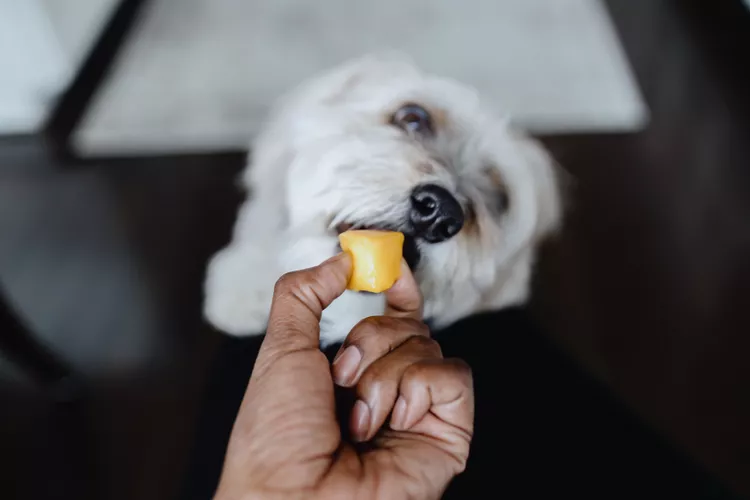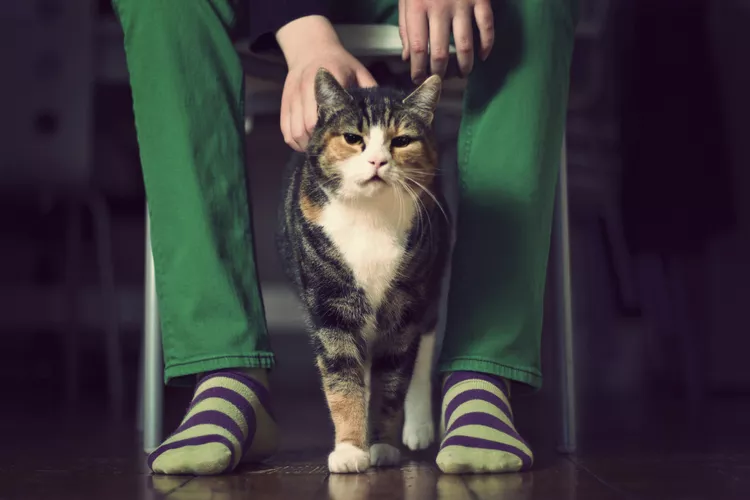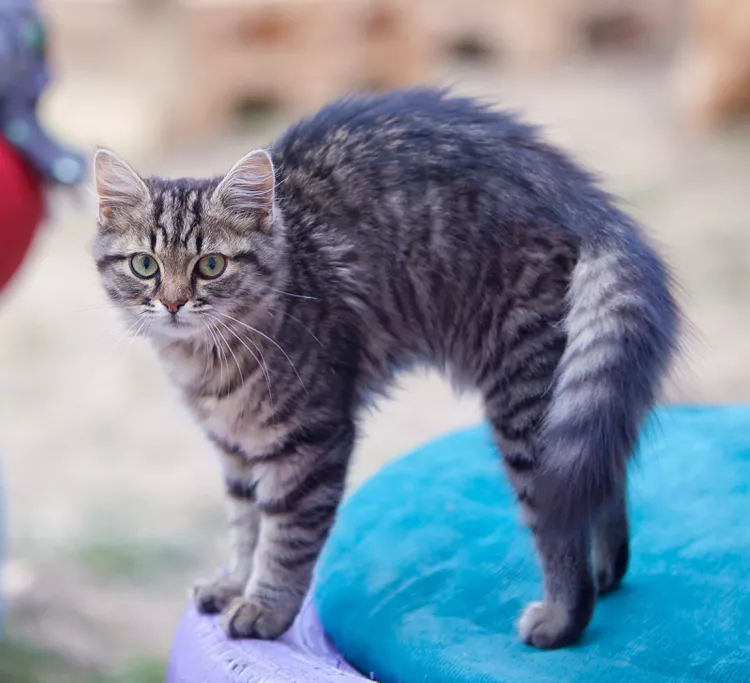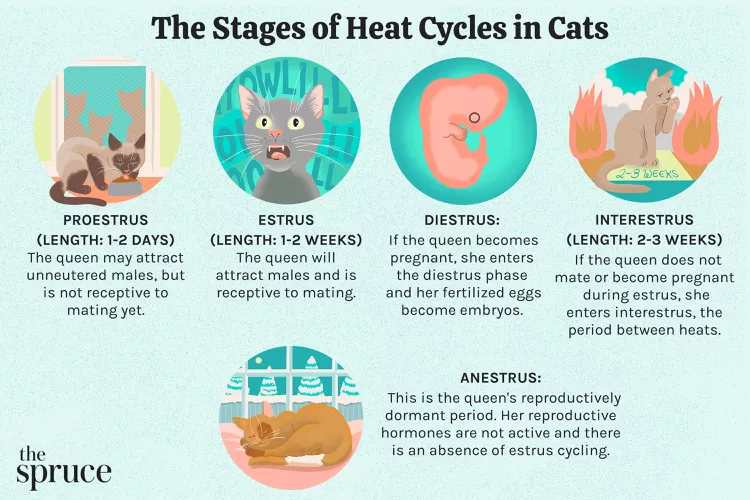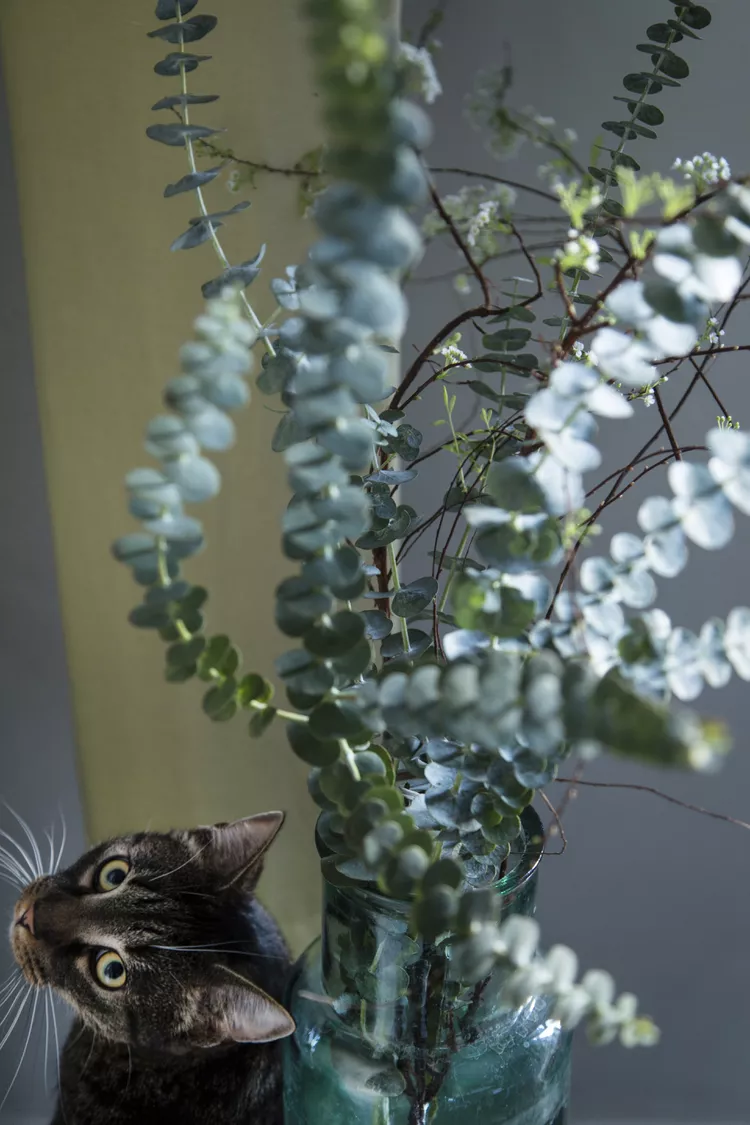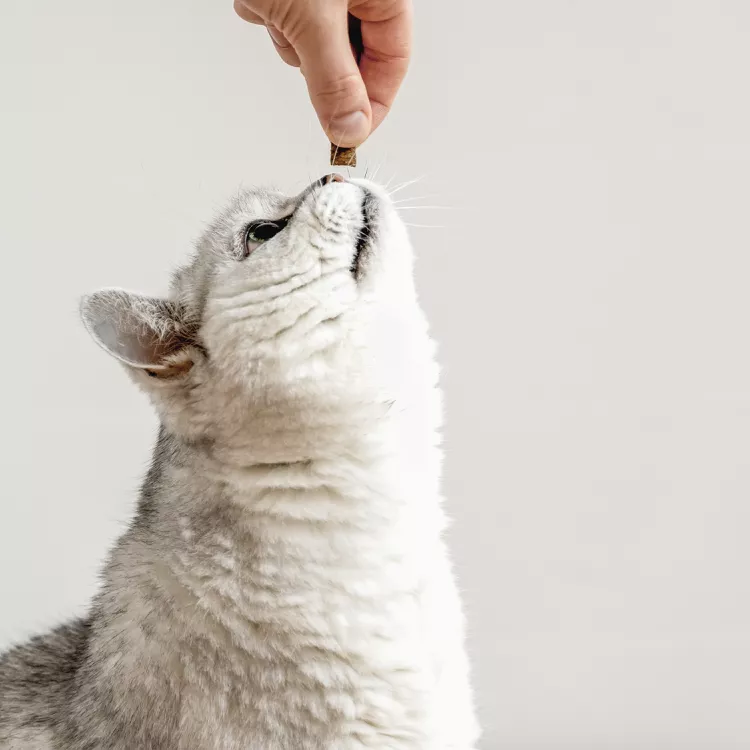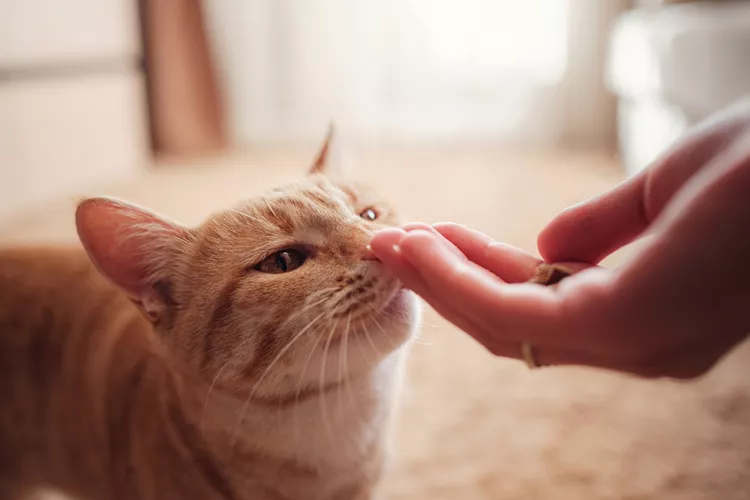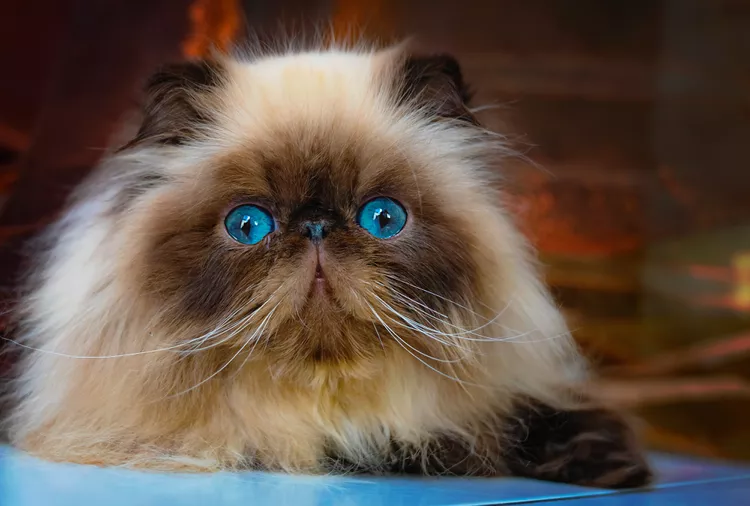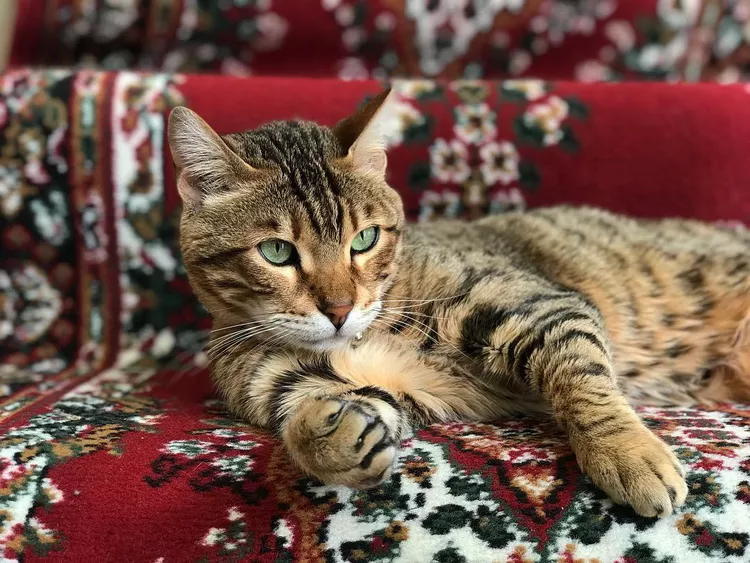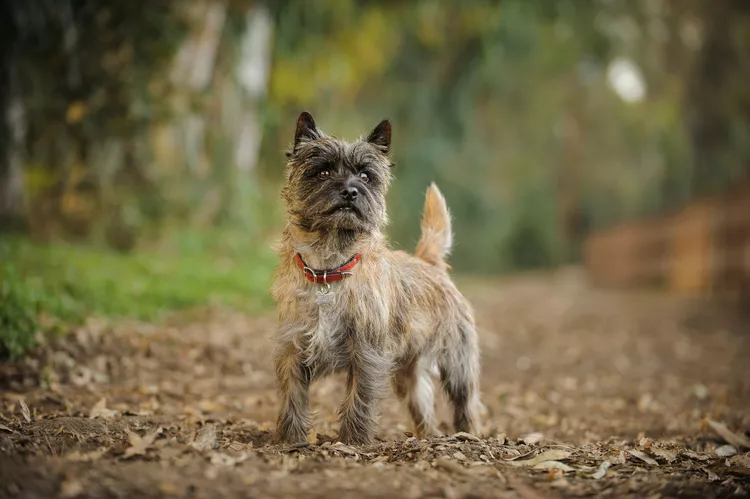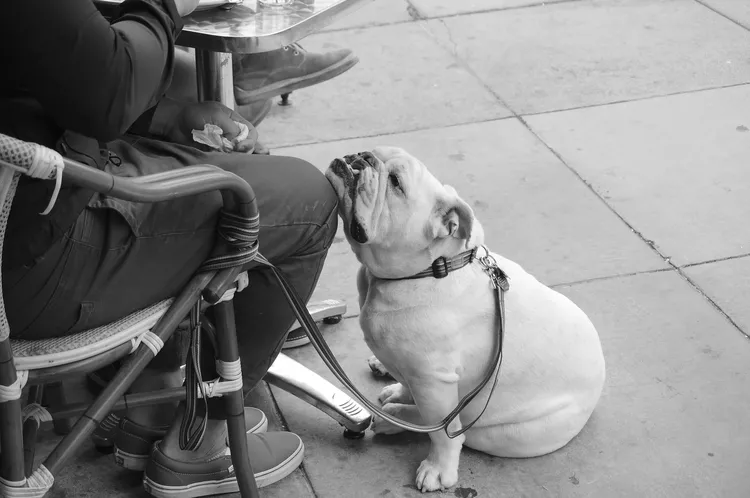- 01 of 10
Bengal
At first glance, it’s hard to believe the Bengal is a big house cat and not wild. With an athletic body and a unique, patterned coat, the Bengal cat breed looks like it's straight out of the jungle. Bengal owners say this breed is as loving and friendly as other domestic cats. They’re people-oriented cats that love to play and climb all day.
Breed Overview
Height: 8–10 inches
Weight: 15–18 pounds
Coat or Color: Short, dense coat; colors include brown tabby, seal sepia tabby, seal mink tabby, seal lynx point, black silver tabby, and other combinations with spotted or marbled patternsLife Expectancy: 10–16 years
- 02 of 10
Persian
The most striking attribute of the Persian cat is its face. This long-haired cat has a round, often flat face and a distinctly short muzzle, giving it a squished face look. Its long hair gives it a larger appearance. In actuality, it is one of the smallest of the big house cats. Unlike most larger cats, this cat is content lounging around all day and is not as active as some other breeds.
Breed Overview
Height: 8–10 inches
Weight: 7–12 pounds
Coat and Color: Long coat in solid (white, black, cream), tabby, calico, bicolor, silver and gold, shaded, and smokeLife Expectancy: 10–17 years
- 03 of 10
American Bobtail
A distinctly short, stubby bobbed tail is what makes this big house cat stand apart from all the other breeds. It also has long hind legs and an alert hunting gaze—attributes consistent with a bobcat. The breed developed by intentionally breeding stray cats noted to have short tails until over time, a distinct breed was recognized.
Breed Overview
Height: 9-10 inches
Weight: 7-16 pounds
Coat and Color: Can come in any color or pattern; shaggy coatLife Expectancy: 13 to 15 years
- 04 of 10
Ragdoll
The ragdoll earned its name because of its docile, cuddly, and affectionate nature. Ragdolls collapse into their favorite person’s arms when picked up, just like a rag doll. Their history is shrouded in mystery, and there are many claims of how they came to be, including CIA experiments. This tremendous family-friendly breed gained popularity in the U.S. in the 1990s, and the Cat Fancier’s Association recognized it in 2000.
Breed Overview
Height: 9–11 inches
Weight: 10–20 pounds
Coat and Color: Medium-length and silky plush coat; light-colored body with darker 'points' on the face, legs, tail, and ears; coat patterns include bicolor, van, mitted, and colorpoint; coat colors include seal, blue, chocolate, lilac, red, and cream; all have blue eyesLife Expectancy: 13 to 15 years
Continue to 5 of 10 below - 05 of 10
Siberian
This unique Siberian cat breed is large, sturdy, and intelligent. It had to be, growing up in an exceptionally unforgiving climate with painfully short summers and long, harsh winters. The breed was domesticated and brought indoors, away from the elements, where its true colors could emerge. Siberian cats are notably affectionate and playful, making great house pets.
Breed Overview
Height: 9–11 inches
Weight: 10–20 pounds
Coat and Color: Semi-longhaired, triple-coat that varies from coarse to soft; comes in a wide variety of colorsLife Expectancy: 10–18 years
- 06 of 10
Norwegian Forest Cat
Imagine a wild, long-haired cat with wide yellow eyes and a muscular body, and you'd see an encyclopedia entry for a Norwegian forest cat. These large, sturdy cats were first bred in Norway by breeders who may have crossed domestic cats with wild cats. Since the breed was domesticated, it has become a perfectly friendly, playful, and intelligent breed with a moderate activity level. The Norwegian forest cat is perfect as a loyal pet to stay by your side.
Breed Overview
Height: 9–12 inches
Weight: 9–16 pounds
Coat and Color: Unique double coat that includes a dense undercoat and a long, silky smooth overcoat; colors vary greatly, every color and pattern is possibleLife Expectancy: 14 to 16 years
- 07 of 10
Ragamuffin
The ragamuffin is closely related to another larger breed, the ragdoll. The ragamuffin is large, lovable, and mellow. Ragamuffin cats are known for their docile nature and thick, luscious coat. Their personality is quite similar to the ragdoll, but their faces typically have a friendly overall expression with larger, rounder eyes.
Breed Overview
Height: 9–12 inches
Weight: 8–20 pounds
Coat and Color: Long and silky coat; white, black, blue, red, lavender, cinnamon, chestnut, platinum, and chocolate colorsLife Expectancy: Up to 18 years
- 08 of 10
Maine Coon
The strong, shaggy Maine coon is a well-proportioned large domesticated cat. There are many stories of how this breed developed. Some believe they originated in America as a cross between a house cat and a raccoon, although that myth has been scientifically debunked. That raccoon myth was one explanation for the Maine coon’s long, smooth coat and voluminous tail. This unique and affectionate breed is a great family pet known for being a gentle giant in the domesticated cat world.
Breed Overview
Height: 10 to 16 inches
Weight: 10 to 18 pounds
Coat and Color: Long, double coat with more than 75 color combinations and green, gold, or copper eyesLife Expectancy: 9 to 15 years
Continue to 9 of 10 below - 09 of 10
Savannah
The Savannah cat is a cross between a domestic cat and a serval, a medium-sized African wild cat with distinctly large ears. Its exotic, leopard-like appearance makes the Savannah a commonly desired pet among big cat enthusiasts. Savannah cats are classified by the amount of each breed they contain to inform owners of how genuinely wild they are. For example, F1 and F2 generations are usually the largest and have more genes from the African serval, as these are the first and second generations of breeding directly between a wild serval and a domestic cat.
Breed Overview
Height: 10–17 inches
Weight: 12 to 25 pounds
Coat and Color: Short to medium length coat; black, brown spotted tabby, black silver spotted tabby, and black smoke with a solid or tabby patternLife Expectancy: 12 to 20 years
- 10 of 10
Chausie
An exotic-looking breed, the Chausie is a large, extremely active, and intelligent cat. The Chausie got its name from the Latin name “felis chaus,” meaning “jungle cat.” People likely gave it this name because of its natural hunting skills and regal demeanor combined with its large-and-in-charge appearance. These cats tend to be very fast, high jumpers, and demand a lot of attention.
Breed Overview
Height: 14 to 18 inches
Weight: 15 to 20 pounds
Coat and Color: Short coat, commonly golden, black or silver-tipped with a tabby pattern and may have spots or stripesLife Expectancy: 12 to 14 years
Whether you have a big cat or a little cat, all domesticated cats can acclimate to the size of their owner's home. But, if you want to avoid having a bigger cat, some breeds are smaller than others. Smaller kitty breeds include the short-legged munchkin, the Singapura, and the Devon Rex.
